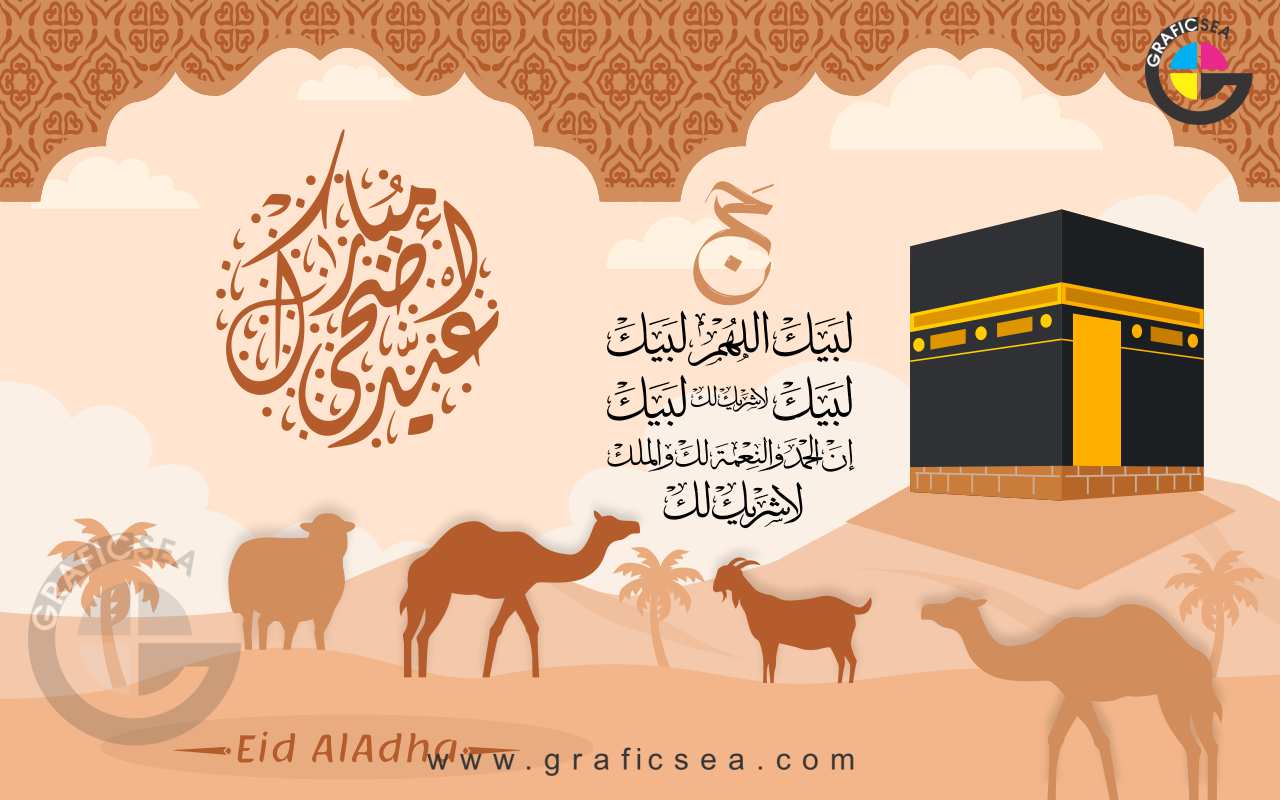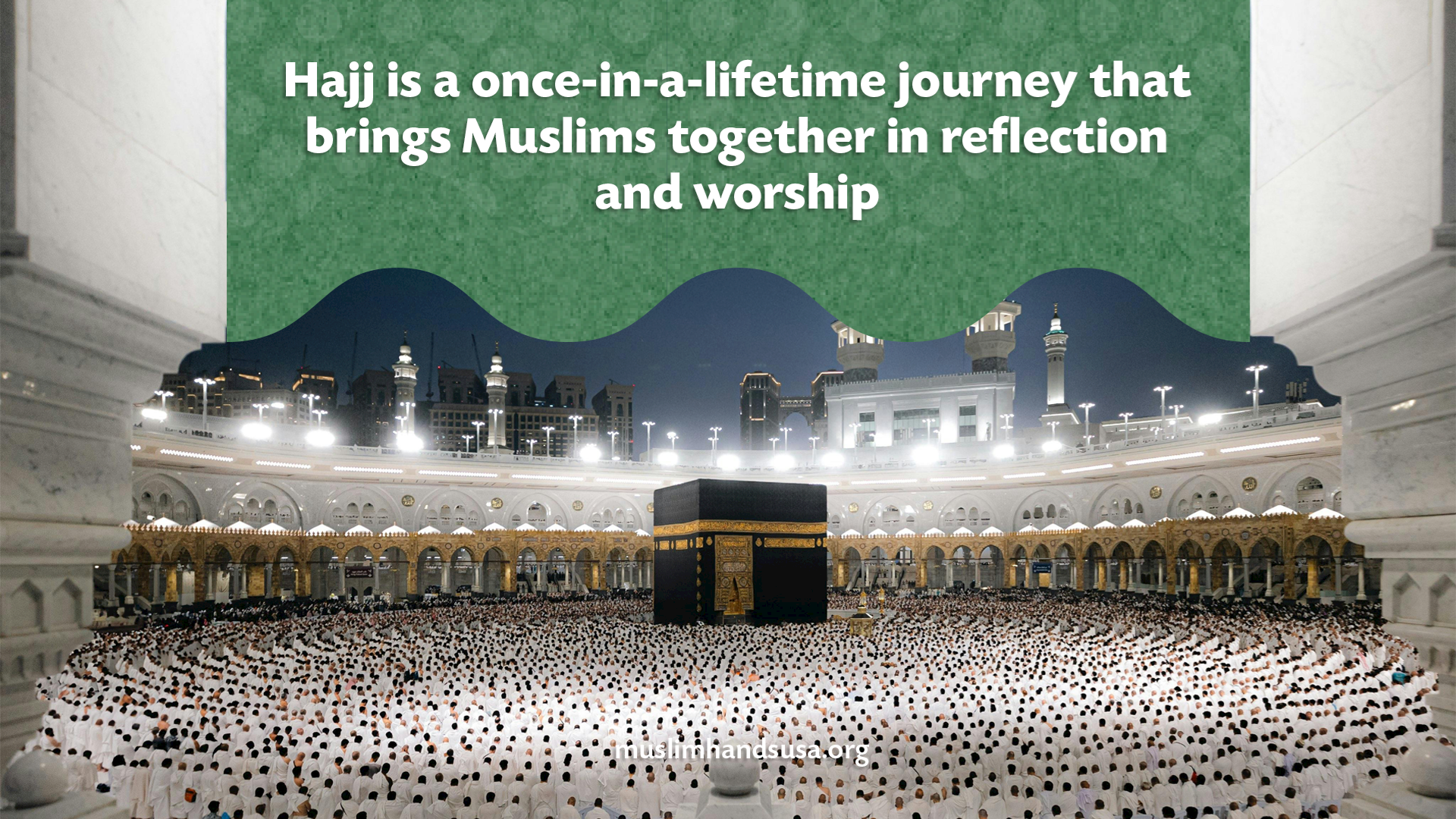Millions of Muslims make the journey to Mecca each year. Some come from down the street, and some come from the other side of the world. But they are all in Mecca for the same reason: to perform Hajj. But Hajj is not just a journey of the body. It’s a journey of the heart. It touches the soul, changes the mind, and transforms the believer from the inside.
What Is Hajj?
Hajj is one of the five pillars of Islam. Each Muslim, once in their lifetime and to the extent possible, must do Hajj. It is in the Islamic month Dhul Hijjah, the month where the Hajj takes place in Mecca— the holiest city in Islam. There are many rituals and rites that every pilgrim must go through during Hajj. All the rituals/rites were done by Prophet Ibrahim and his family.

Read more: Eid al-Azha: spirit of Sacrifice in Pakistan
Some of the acts of Hajj include: walking the distance between the two hills—Safa and Marwah; standing on the plain of Arafat; sleeping under the sky in Muzdalifah; throwing stones at the pillars in Mina; and circling the Kaaba, which is the sacred House of Allah.
Hajj Is More Than a Physical trip
Hajj takes strength to perform. There is walking, heat, and waiting. But it doesn’t just include physical strength; the heart and soul must also be in the act. This is one aspect of Hajj that many have called a journey to the heart. Often the first steps in Hajj that we perform to our body, also take our inner self with them. Each rite in Hajj has meaning and every act teaches us a lesson about the experience.
Leaving the World Behind
To perform Hajj, a pilgrim must wear special clothes called Ihram. Often these are two simple white sheets. No fancy clothes and no labels. No fashion displays. Everyone looks the same. Whether you are rich, poor, young, or old, you cannot show off in Ihram.
This is intended to teach humility. It reminds us that we all come from dust and one day we must return to dust. Ihram also symbolizes our death. It reminds us that this world is temporary and that real life starts after death. Once the heart feels this truth, it becomes soft. It opens itself to the message of Allah, and it begins to search for deeper meaning.
Dismantling Pride
During Hajj, there is no paying extra to jump to the front of the line for a special privilege. No one person is treated better than another. All pilgrims eat, sleep, and pray at the same time. You may be surprised to see a family doctor standing next to a janitor. A teacher next to a student. All face each other and Allah equally. This destroys one’s ego. It teaches the heart to lessen its pride. True worth is not in titles or income – but in faith, kindness, and patience.
Facing the Self at Arafat
One of the most impactful experiences of Hajj is the Day of Arafát. All pilgrims stand and pray from noon until sunset. They pray and ask Allah for forgiveness. They soul-search. No 5-star mosque. No thick carpet. Just dry land. Outside, under the sky, each pilgrim expresses their heartfelt desires to their Creator. Most pilgrims said this experience was the closest they had ever felt to Allah. It was a taste of the Day of Judgment.
On this day, the heart simultaneously shatters and heals. It experiences regret, love, and hope. These are so deep and so true, and they linger much longer after the journey is over.

Sacrifice for the Higher Purpose
Part of the Hajj is sacrifice. Pilgrims offer an animal as a way to remember the test of Prophet Ibrahim. Allah asked him to sacrifice his son. But Allah exchanged the son for a ram. This test shows what it means to have faith and trust. Today, Muslims practice the ritual of sacrifice. It serves as a reminder to the heart to let go. In the life of every human, be it money, status, comfort, etc. Letting go means putting Allah above everything. This lesson means to seal into the heart. Love for Allah comes before everything.
Unloading of Evil
When pilgrims arrive at Mina, they return to their “home.” While at Mina, pilgrims throw stones at three pillars. The pillars signify Satan. The act of throwing the stones signifies the rejection of the evil whispers from Satan. The choice of doing what is dearest to Allah as opposed to the choice of temptation.
Pilgrims are not just mimicking the Prophet. The act of throwing stones signifies the battle of the heart. Pilgrims now escape or reject evil. The act of throwing represents the battle between good and evil, sin, doubts, and self. It is a personal battle not just a ritual. Every stone thrown represents, “I choose faith.” It is a personal battle against evil. It empowers the heart. It disciplines the soul.
Appreciating the Global Ummah
Hajj provides the opportunity to meet Muslims from every corner of the Earth. Different colors. Different languages. But doing the same thing. Saying the same prayer.
This teaches one unity. It reminds the heart that Islam is one body. When one part hurts, we all hurt. This feeling of brotherhood fills one’s heart with love. It breaks down walls, eliminates hate, and builds peace.
Moving On from the Past
Hajj is a fresh start. When a person completes Hajj with sincerity, they erase their past sins. It is like being born again. This fills the heart with new hope. It tells the soul, “You can change.” No matter how dark yesterday was, Allah can forgive. The heart becomes light. It is ready to do good. This is not just theory. Pilgrims will feel it!

Returning with a New Heart
After the Hajj, life continues as before, but a pilgrim is never the same. Pilgrims return with new eyes, seeing the world differently. The things that once mattered, seem less significant. The things that people once overlooked, seem more valuable. Many come back with stronger faith. Others forgive enemies, others give more charity. Some start praying regularly. The effects of Hajj are lasting. This is why we say Hajj is a journey of the heart; it touches deeply in places where sermons cannot reach, or books cannot engage. Its message resonates with the soul.
How to Prepare Your Heart
Even before setting off to Hajj, preparation can begin. Start by praying regularly. Read about Prophet Ibrahim and his story. Honor patience and humility. Reflect on yourself and your life. If you are planning to travel, try to reconcile with others. Forgive others and yourself. May Allah remove hate and anger from your heart. Go with the hope of change. Go to improve the health of your heart. If you are not able to travel yet, still benefit from the lessons of Hajj. Watch it. Listen and learn. Allow your heart to feel some of the beauty.
Hajj for Everyone
Although not everyone can go to Hajj every year. But it is a reminder for every Muslim. We should all contemplate. We should all reset. Hajj teaches us to purify our hearts. It calls us back to Allah. It reminds us what counts. We live in a noisy world where we chase meaningless things. But Hajj reminds us of the truth. Hajj reminds us of our purpose. hence, it brings us back to our faith.
Closing Thoughts
To sum it up, Hajj is not a trip to a holy land. It is a deep reflective journey. It peels away layers of pride, sin, and distractions. Also, it softens the heart. It cleanses the soul. It reconnects us to Allah in a profound way. Every Muslim dreams of Hajj. Not just to see the Kaaba. But to feel different. To feel that peace. To return home with a heart illuminated. Indeed, it is a journey to your heart. A journey that will change you forever.



Leave a Reply